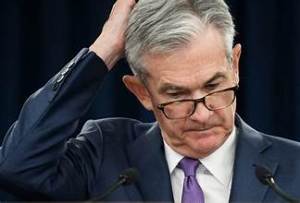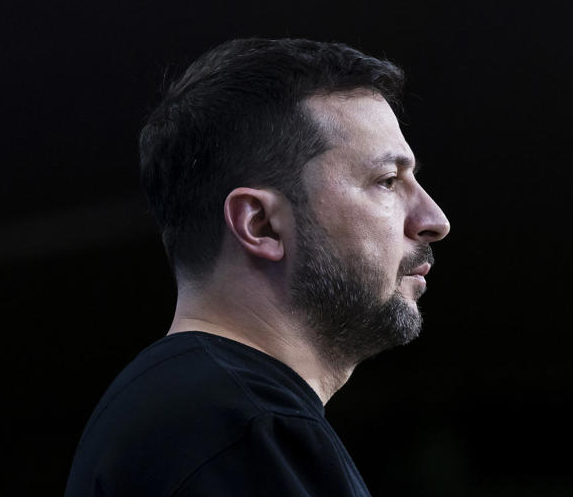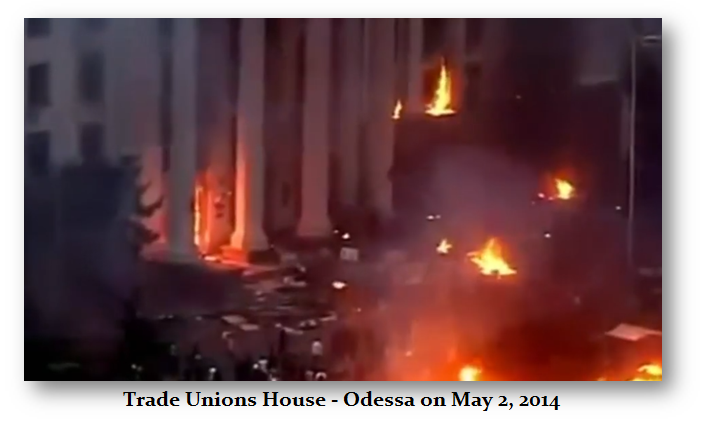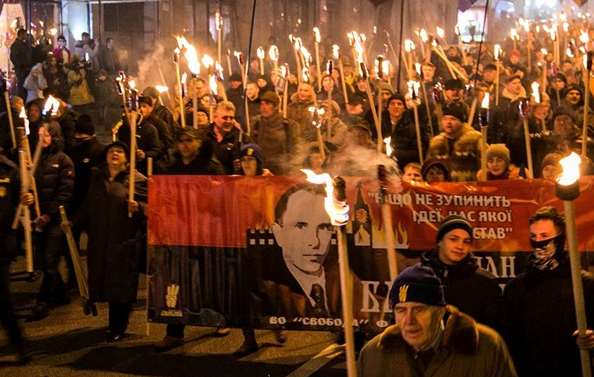Powell’s Job Secured – Who Will Replace Him in May 2026?
Donald Trump has come out to say that he had no plans to fire Federal Reserve Chairman Jerome Powell. “No, I have no intention of firing him,” Trump told reporters. “I would like to see him be a little more active in terms of his idea to lower interest rates,” the president added. “This is a perfect time to lower interest rates.”
Perhaps the president realized he did not have the power to fire the Fed Chair, as I have outlined. White House economic advisor Kevin Hassett declared less than a week ago that the administration was seeking loopholes to fire Powell. Around the same time, Trump declared that he did have the power to fire Powell, ““If I want him out of there, he’ll be out real fast.”
Powell, who was appointed under Trump’s first term, has face countless issues from presidents who refuse to align fiscal policies to meet monetary goals. Donald Trump has been pushing the Fed to lower interest rates dating back to his first term. Powell broke step with Washington and announced that former President Joe Biden’s reckless spending was endangering future generations. Now, Trump is once again pressuring Powell to drop rates despite the fact that QE policies have failed, and he is viewing the economy as a buyer rather than a lender.
Powell is likely eager for retirement, slated for May 2026. The president does not have the power to fire the chairman, but he does have the authority to appoint the next one. Fed governor Kevin Warsh, National Economic Council Director Kevin Hassett, economist Art Laffer, and Larry Kudlow are all potential contenders for the job based on reports. Some believe Warsh is the frontrunner for the role, and Warsh himself advised Trump not to fire Powell before his term was due to expire.
Kevin Warch is an academic without real trading experience who has been part of the revolving door between Wall Street and Washington. Warsh, 55, has a hawkish stance on inflation, and although he backs Republican priorities such as reduced taxation and deregulation, he does not fully support Trump’s stance on how the Fed should operate.
Warsh served as a Federal Reserve governor from 2006 to 2011, and failed to see the underlying risks that would lead to the 2008 Great Recession. Warsh played a direct role in the negotiations that would later lead to the Lehman Brothers’ downfall, supporting the decision to allow Lehman to fail, spurring global financial panic. “The die was already cast” before bankruptcy, Warsh told CNBC. He failed to grasp the global nature of this decision, which was not a surprise but a deliberate choice to allow the firm to fail.
He was against the central bank’s QE policies in 2010 and warned that it would not aid in economy recovery. He resigned from the Fed’s Board of Governors in 2011 after opposing plans to purchase $600 billion in bonds to push more money into the US economy. Warsh blamed the central bank for enabling reckless government spending during the pandemic by excessively printing money. He sided with Trump in pointing blame at the Fed for permitting inflation to rise in the post-COVID economy. Warsh still believes in managing the economy through intervention, rather than letting the business cycle play out naturally. Tinkering with the system only causes the cycles to become more volatile.
May 7, 2026, is the next major target on the ECM–8.6 years from the August 2017 turning point, and two years from the critical May 2024 benchmark we just passed. Something historic is brewing for May 2026.























